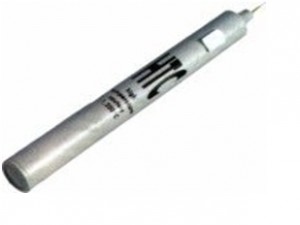Adenoid removal surgery is the procedure that’s carried out to remove the adenoids from the airway between the nose and the back of the throat. This common procedure is prescribed for patients suffering from chronic inflammation of the adenoids who have associated complaints of snoring, sinusitis and chronic colds.
Some Details About Adenoid Removal Surgery
Doctors feel that adenoids and tonsils help the body produce antibodies that fight infections and medical statistics have shown that there is no significant loss of immunity even after an adenoid removal surgery. An adenoidectomy surgery will be considered by a doctor in case the following recurrent symptoms are detected in an adenoid diagnosis:
I. Frequent throat infections (tonsillitis) which recur despite treatment with antibiotics.
II. Blocked respiratory passage with secondary symptoms of sleep apnoea, decreased sense of smell and congested nose.
III. Presence of a peritonsillar abscess which does not disappear despite a fine needle aspiration. A peritonsillar abscess is a fluid filled cyst near the tonsils which is painful and causes pain while swallowing.
The tonsil and adenoid surgery takes around 30 to 60 minutes to be successfully completed and the adenoid removal surgery is typically performed under general anesthesia, which adds to the preparation time. The patient needs to informed of some basic preparation tips before adenoidectomy. A patient is allowed to go home after an overnight stay, provided there are no complications or adenoid problems.
The adenoid removal surgery procedure is fairly simple as the tonsils and adenoids are visible through the open mouth. Stitches are not required after adenoid and tonsil removal although the patient may have to be on a liquid diet for a day.

Adenoid Removal Surgery Procedure
The attendant anaesthesiologist will administer intravenous medication prior to the adenoid removal surgery and this may be supplemented with a mask anaesthetic. The patient is monitored continuously during the surgery for pulse and heart rhythm and oxygen equipment is kept on standby for any emergency.
The popular methods for a T&A surgery are the hot and cold methods.
The surgeon removes the tonsils with an electro cautery in the HOT T&A procedure. This procedure has been shown to cause less pain but more post-operative bleeding.
In the COLD T&A procedure, the adenoids and tonsils are removed using a surgical knife.
In an improvement over this method which is painful, a procedure called coblation has been introduced wherein after tonsil removal, the adjacent blood vessels are sealed using a cold electric current. The entire adenoid removal surgery procedure takes up to one hour, post which the patient is moved to the recovery room.
The Health Benefits of Adenoid Removal Surgery
Patients who have undergone T&A surgery report the following improvements in health:
-
Decreased snoring and sounder sleep
-
Fewer incidents of ear infection
-
Fewer sore throats
-
Improved voice quality
-
Fresher breath
This is one of the main reasons why adenoid removal surgery is often prescribed by doctors once the patient’s medical condition is studied and the presence of adenoid problems is confirmed, as opting for the procedure can put an end to most of the problems.